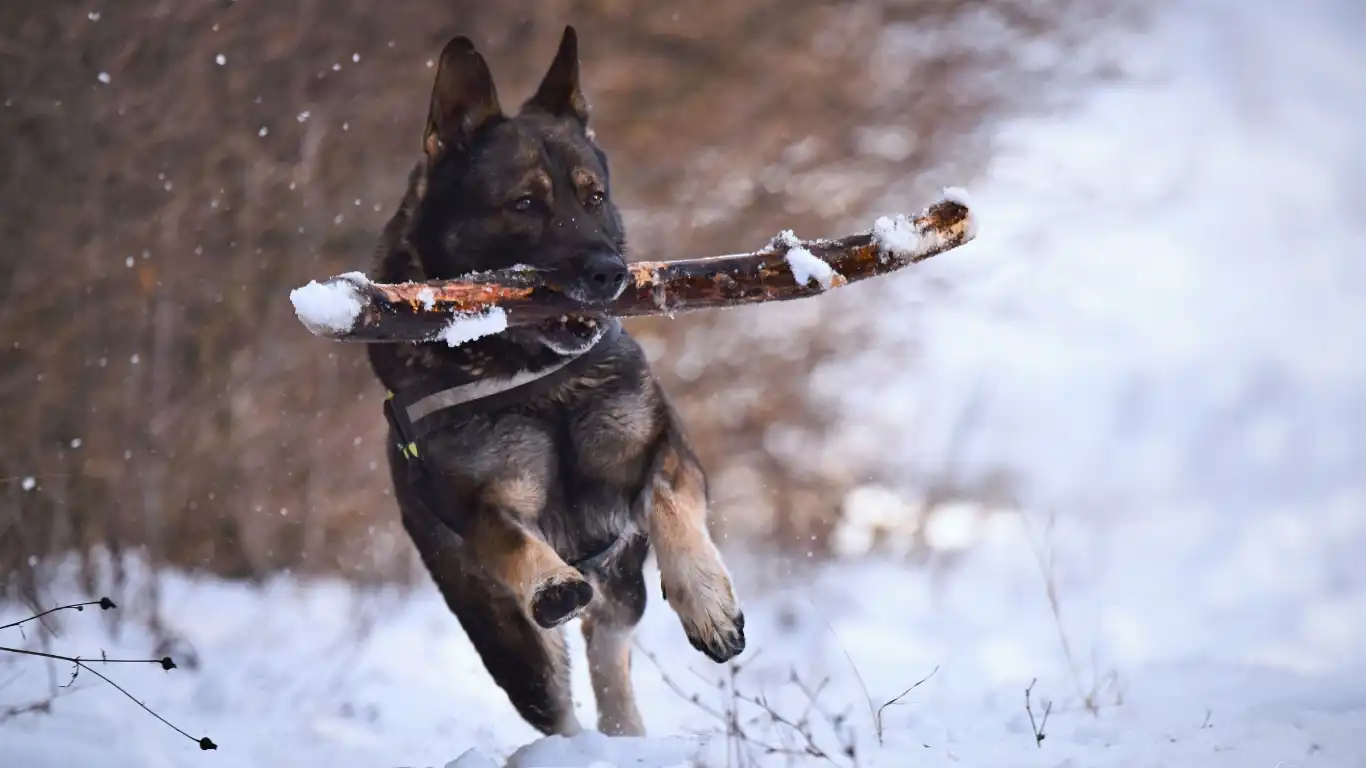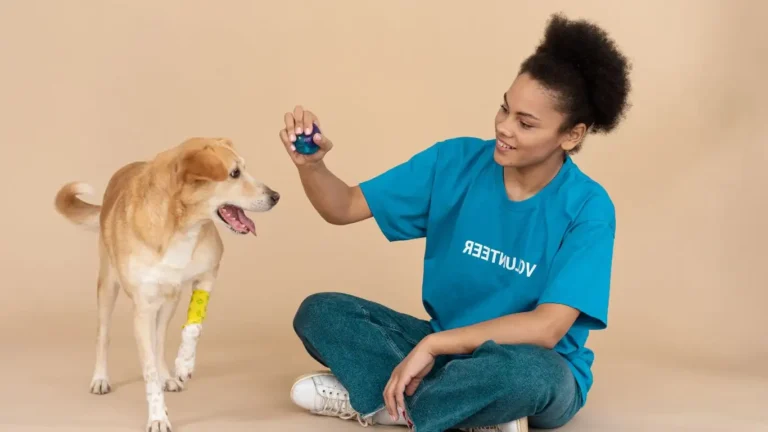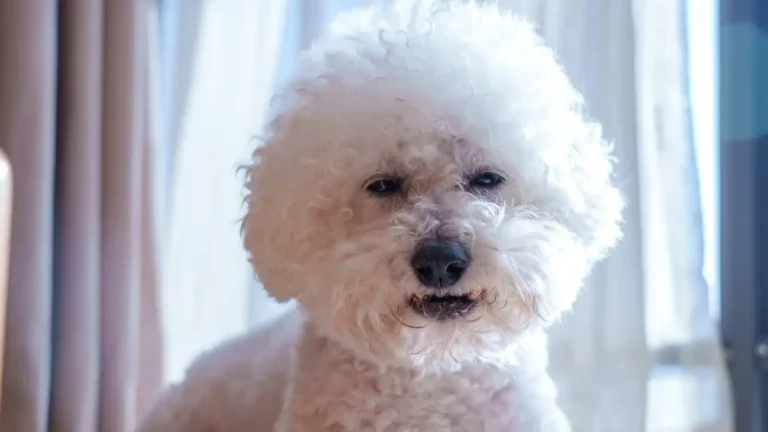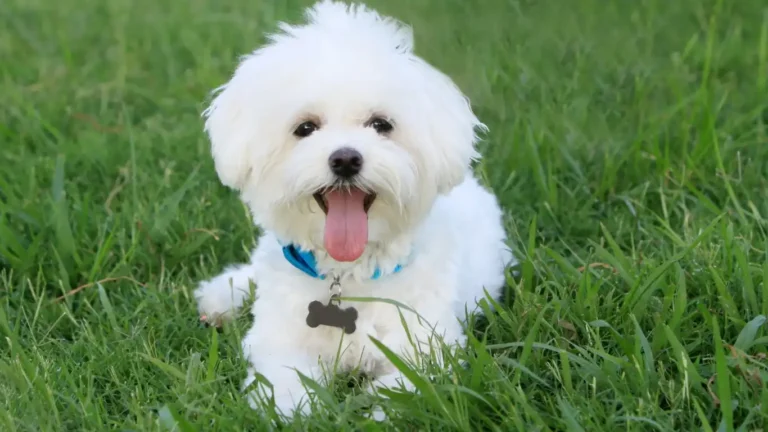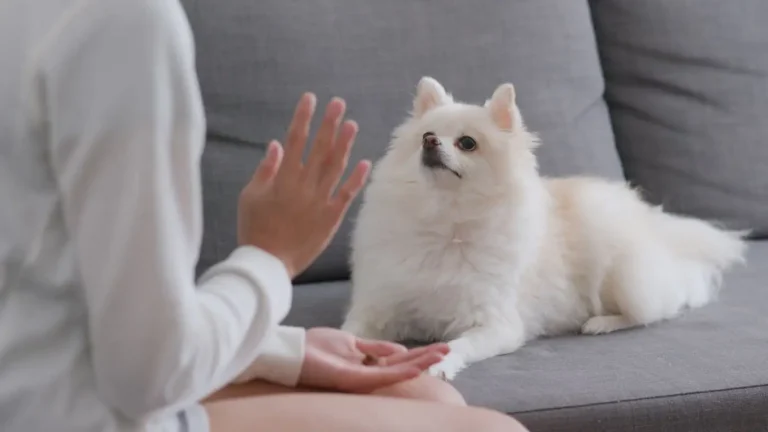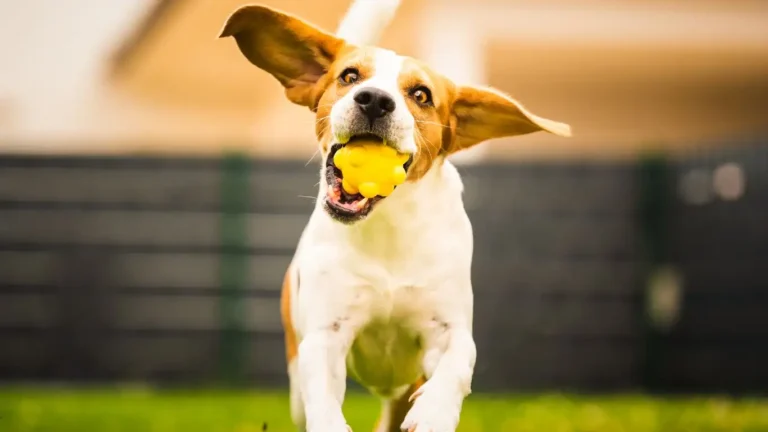Master the Art of How to Teach Your Dog to Enjoy Brushing Sessions
If you’ve ever tried to brush your dog’s teeth and ended up with a mouthful of fur, a toothbrush in the water bowl, and a very offended pup giving you side-eye—hey, same here. Teaching your dog to enjoy brushing sessions can feel like convincing a toddler to love broccoli. But with the right approach (and a little patience), you can absolutely turn it into a positive, even fun, bonding experience. As a veterinary technician specializing in nutrition, I’ve seen firsthand how oral health is tied to a pet’s overall well-being—and I’ve helped dozens of pet parents go from dread to “my dog actually loves this.”
Why Your Dog Hates Brushing (And It’s Not Just You)
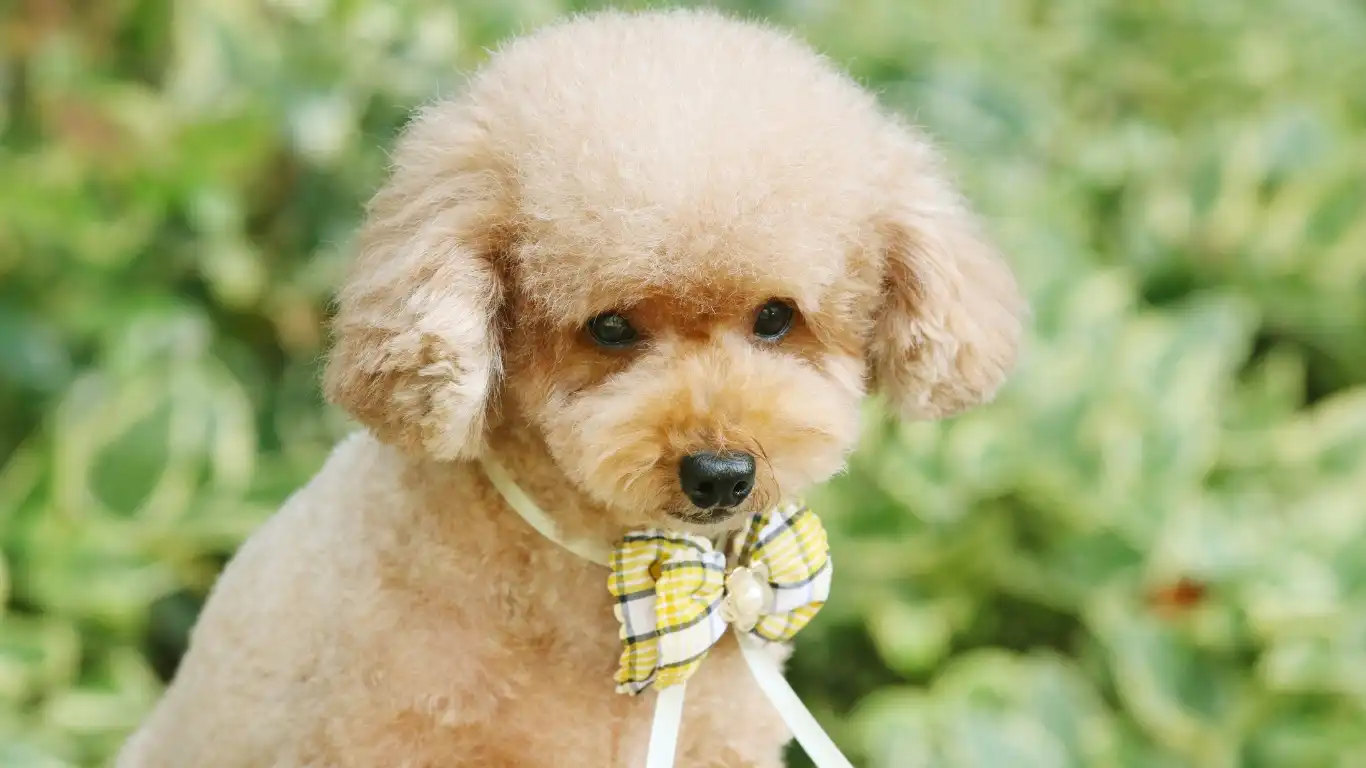
Let’s start with the basics. Imagine someone coming at your face with a foreign object, smearing weird-smelling paste on it, then poking around your mouth. Not exactly spa day, right? Most dogs aren’t used to the sensation of a toothbrush or finger brush. It can feel invasive or even a little scary.
Common reasons dogs resist brushing:
- Sensitivity around the mouth – Some dogs just don’t like their muzzles handled.
- Bad past experiences – If you’ve ever accidentally jabbed your pup’s gums, they remember.
- Wrong tools – Human toothbrushes? Too harsh. Minty toothpaste? Major no-no.
- Too much too fast – Rushing the process can create lasting negative associations.
Trust me, even the most well-meaning dog parents mess this up. I’ve been called in more than once after a pup refused to go near the toothbrush again. The good news? We can totally reset that mindset.
How to Teach Your Dog to Enjoy Brushing Sessions
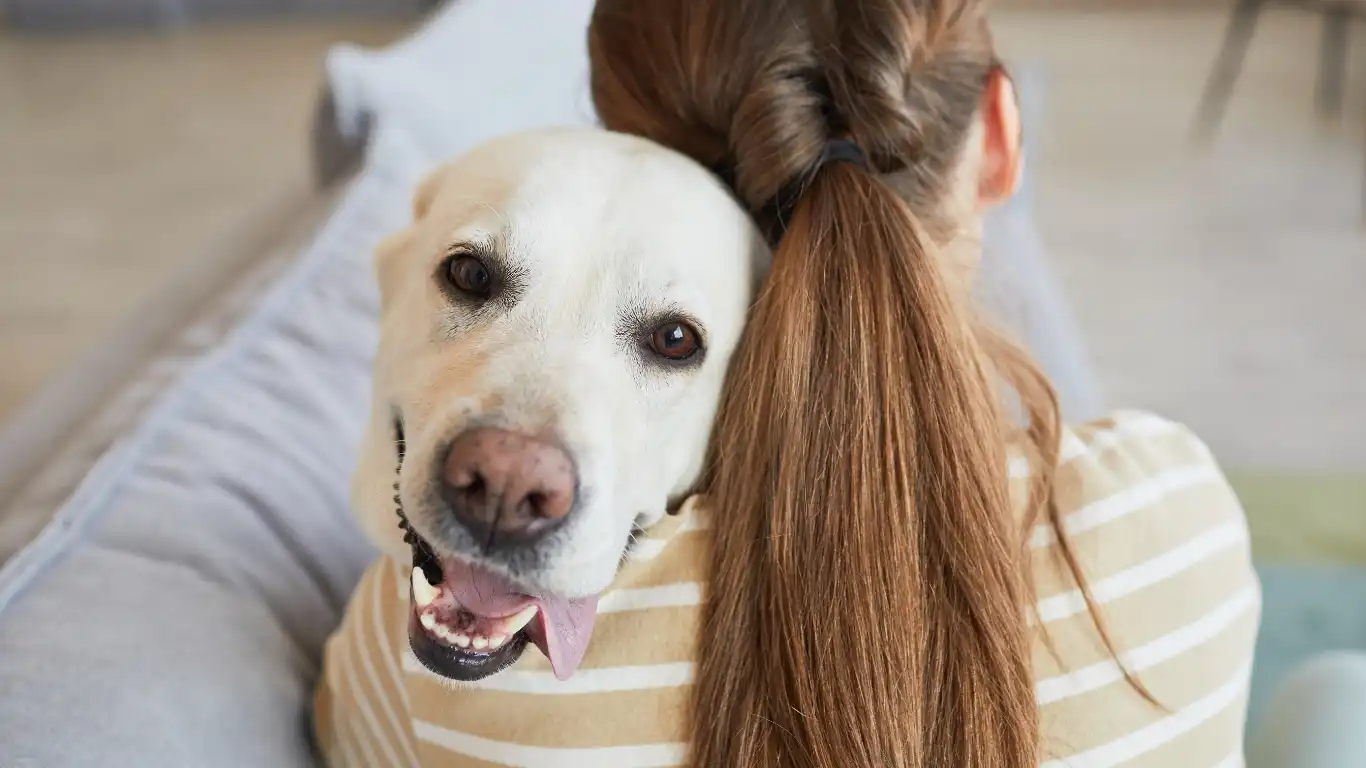
This is where we turn the tables. With a little planning, patience, and yes—bribery (I mean, treats)—you can get your dog not only tolerating but actually enjoying brushing sessions. Here’s my step-by-step approach, pulled straight from my clinic playbook and my own nutty Lab who now drools at the sight of a toothbrush (not joking).
1. Pick the right gear
Not all brushes are created equal. For beginners, a finger brush is often less intimidating. It gives you more control and feels less like a foreign object poking their mouth. Choose dog-safe toothpaste with flavors your pup will love—think poultry or peanut butter, not peppermint.
2. Start slow—no brushing yet!
For the first few days, don’t even attempt to brush. Just let your dog sniff the brush and taste the toothpaste like a treat. You want them to associate the tools with good things. I usually recommend:
- Let them lick a dab of toothpaste off your finger.
- Touch the brush to their muzzle and give a treat right after.
- Gradually touch the brush to their teeth without moving it.
Each step should feel easy. If they back away, no pressure—just try again tomorrow.
3. Turn it into a game
This is my secret sauce: make brushing a part of playtime. Use your happy, high-pitched “walkies voice,” toss in some silly praise, and offer a favorite chew toy before and after. I often get down on the floor with my dog, so it feels more like we’re hanging out, not like I’m “doing something to him.”
4. Positive reinforcement is EVERYTHING
Every small win deserves a reward. Treats, belly rubs, a short walk—whatever your dog adores. The key is immediate reward after each interaction with the brush, even if it’s just a sniff at first. Over time, your dog will start to associate brushing with good things, not stress.
Setting the Stage for Long-Term Success
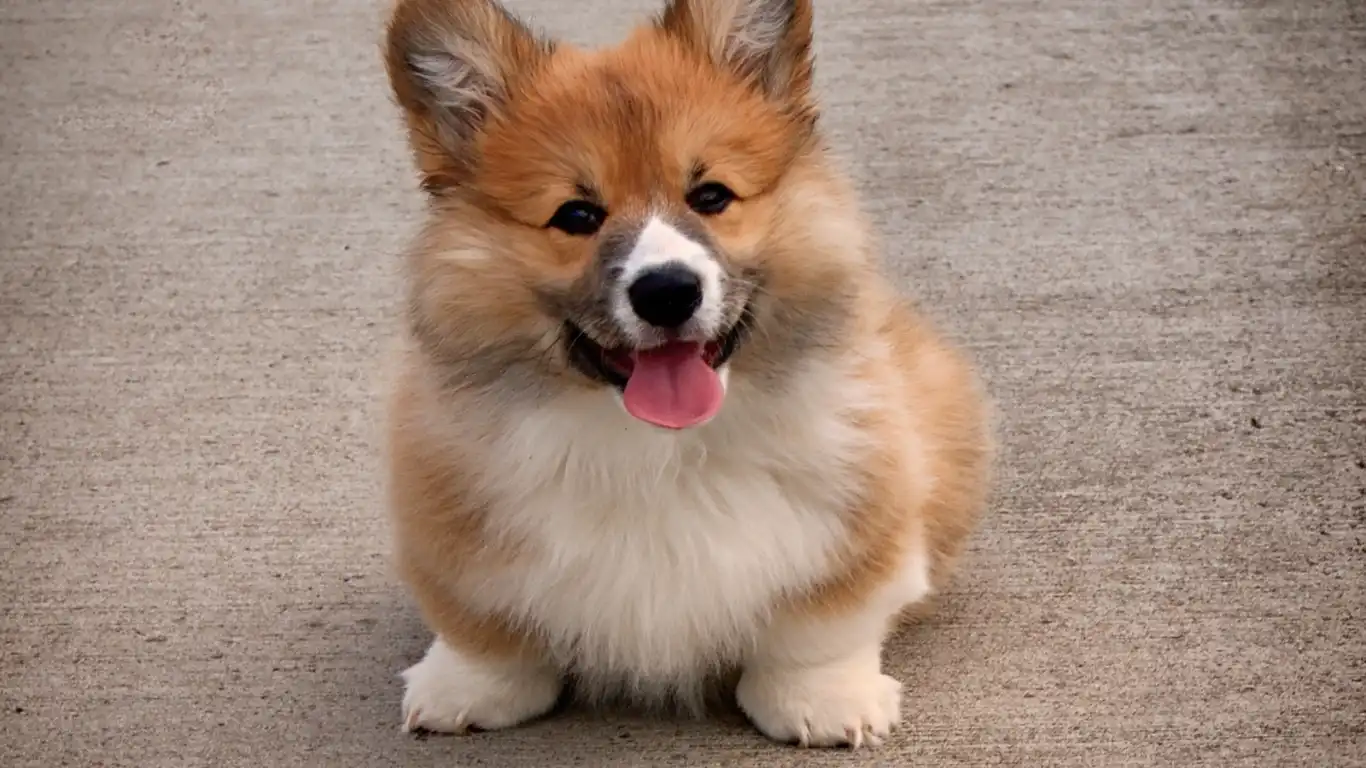
Here’s where I remind every pet parent: consistency beats perfection. You don’t need to brush like a dental hygienist every single night. Start with 2-3 times a week. Make it a part of your evening wind-down or your weekend morning cuddle session. Dogs thrive on routine, and they love feeling like part of your day-to-day rituals.
Little things that make a big difference:
- Choose a quiet space with minimal distractions.
- Use the same cue each time (“Brush time!” works wonders).
- Keep sessions under 60 seconds to start.
- Never force it. If your dog’s stressed, pause and try later.
Stick with it, and before you know it, your pup might be wagging their tail when they see that toothbrush come out. Honestly, nothing makes my heart melt more than seeing a nervous rescue finally relax into a brushing routine—it’s a small but mighty win for their health and your bond.
How Long Does It Really Take to Build the Brushing Habit?
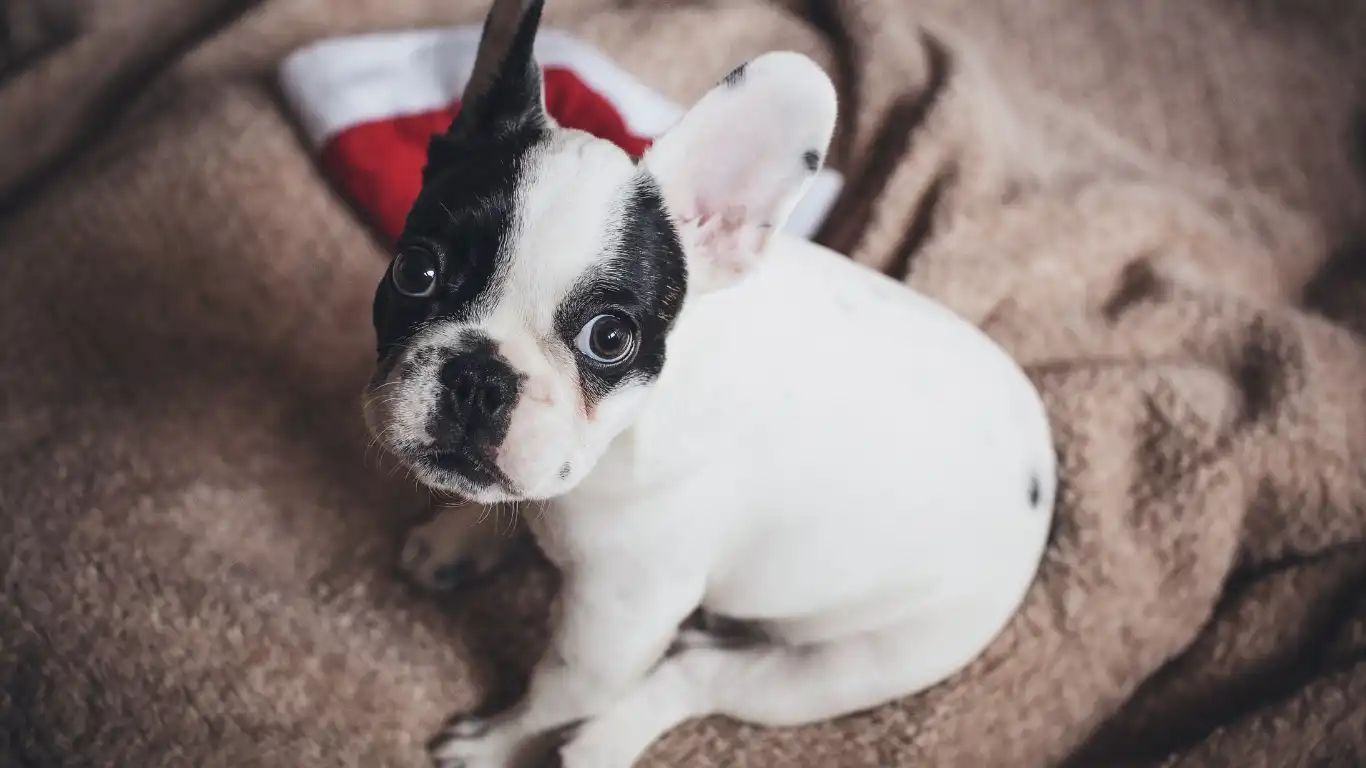
So now that we’ve got your dog interested—and maybe even a little excited—about brushing, you’re probably wondering how long it’ll take to make this stick. In my experience, it varies, just like with training any other behavior. Some dogs pick it up in a week, others take a solid month or more before they’re chill about it. And that’s okay. The goal isn’t speed, it’s trust.
When I work with pet parents in my practice, I tell them to treat brushing like crate training or leash walking—it’s a marathon, not a sprint. What matters most is consistency, patience, and a whole lot of praise. Even dogs that have had rough starts or traumatic vet visits can learn to enjoy the routine if you go at their pace.
Tips to speed up the learning curve:
- Use the same time of day – Dogs love routine. Evening brushings after dinner work well.
- Keep tools visible – Leave the toothbrush near their treat jar. Normalize it!
- Celebrate progress – Even if you just touch two teeth today, it’s a win!
My rescue Shepherd mix, Max, took a full three weeks before he stopped flinching at the brush. But once he did? Now he practically pushes it into my hand after dinner. It’s honestly kind of adorable.
Training Games to Make Brushing Fun
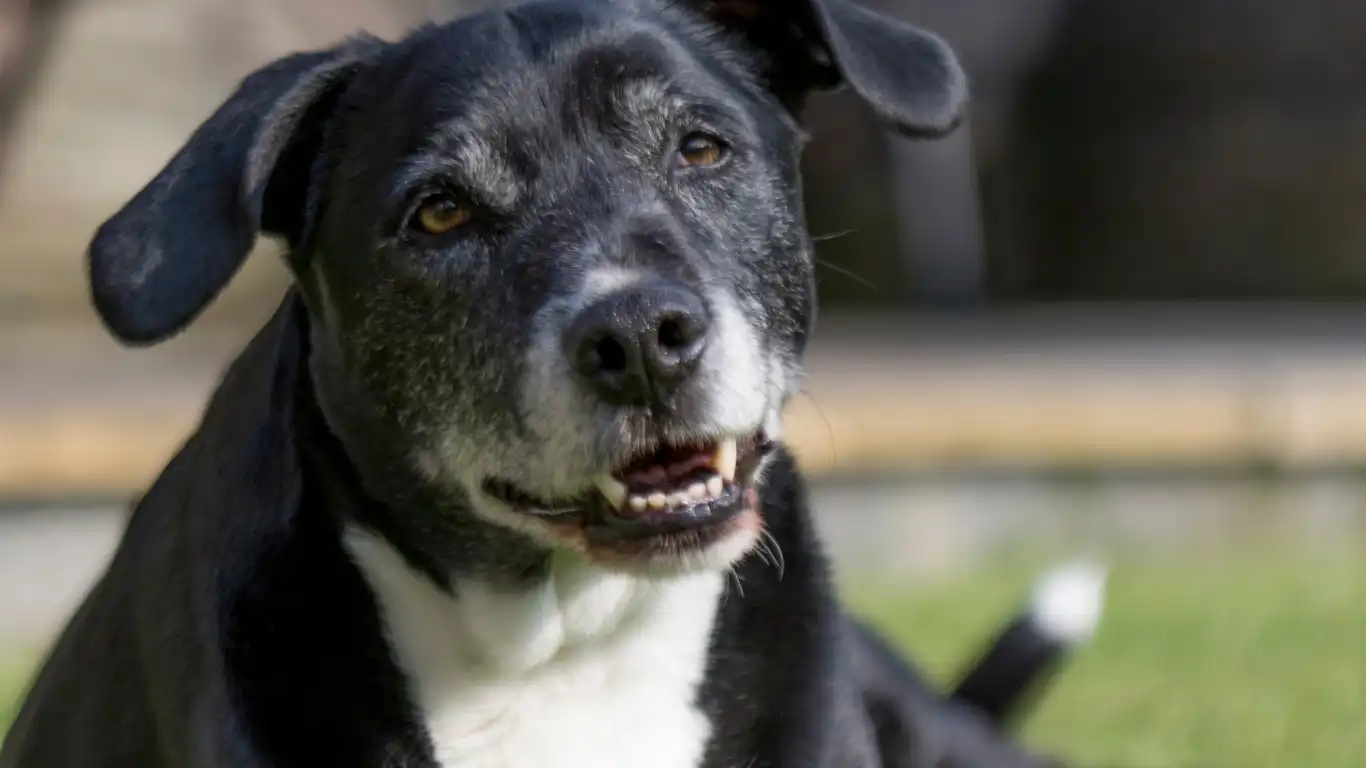
One of the sneakiest tricks I’ve picked up over the years is using simple training games to weave brushing into something playful. It changes the whole vibe—from “weird mouth thing I have to do” to “time to earn snacks and praise!” These little games help rewire how your dog feels about the experience.
Try these brushing-friendly games:
- The ‘Touch and Treat’ game: Gently touch their lips, gums, or teeth with your finger or brush tip, then instantly treat. No brushing yet—just positive mouth contact.
- Brushing Bites: Let them hold a chew in one side of their mouth while you brush the other side. It keeps them busy and distracted.
- Brush = Click: If your dog is clicker trained, use a click every time they allow a brush stroke. Follow with a high-value reward. They’ll catch on fast!
These games are gold with puppies, especially those in their socialization window (about 3-12 weeks). But honestly, even senior dogs can learn new dental tricks—it’s never too late. I once worked with a 12-year-old Shih Tzu named Lola who’d never had a toothbrush near her in her life. By week four, she was letting her owner brush her molars without fuss. Magic? Nope. Just a lot of cheese cubes and patience.
Nutrition Plays a Role in Oral Health, Too

Okay, I’d be missing a huge piece of the puzzle if I didn’t put my nutrition hat on for a sec. As someone who specializes in veterinary nutrition, I’ve seen over and over again how much of a difference diet makes when it comes to dental health. You can brush like a pro, but if your dog’s diet is full of soft, sticky, carb-heavy food, you’re still fighting an uphill battle.
Here’s what I recommend:
- Choose kibble with dental benefits – Look for VOHC-approved options. These are clinically tested to help reduce plaque and tartar.
- Incorporate raw, crunchy veggies – Carrots and celery can help naturally scrub teeth and offer a healthy, low-calorie snack.
- Limit sugary or starchy treats – These stick to teeth and create a breeding ground for bacteria.
Also, dental chews can be an awesome supplement to brushing—not a replacement. Look for ones that have ridges or textures designed to clean as your dog chews. I usually recommend rotating different types to keep your dog interested and get more surfaces cleaned.
What to Do If Your Dog Still Hates It

Okay, real talk—some dogs are just extra. You try everything: gentle touch, flavored paste, happy voice… and they still give you that dramatic Oscar-worthy performance. Don’t panic. You’re not alone, and you haven’t failed. Some pups take longer or need a slightly different strategy.
If brushing still feels impossible, try this:
- Go back a few steps – Revisit the intro phase. Maybe you moved too fast without realizing it.
- Switch to gauze – Wrap gauze around your finger with a dab of toothpaste. It’s softer and less invasive.
- Use dental wipes – Not as effective as brushing, but they’re better than doing nothing.
- Talk to your vet – Sometimes, anxiety meds or behavior consults can help, especially with dogs who have trauma around their mouths.
Every dog is different, and progress is rarely linear. I’ve had dogs go from zero to hero, then suddenly regress because they got startled during one session. It happens! The key is not to give up. Keep reinforcing trust, stay positive, and remember why you’re doing this—for their health and your shared happiness.
How to Keep the Brushing Routine Going Long-Term
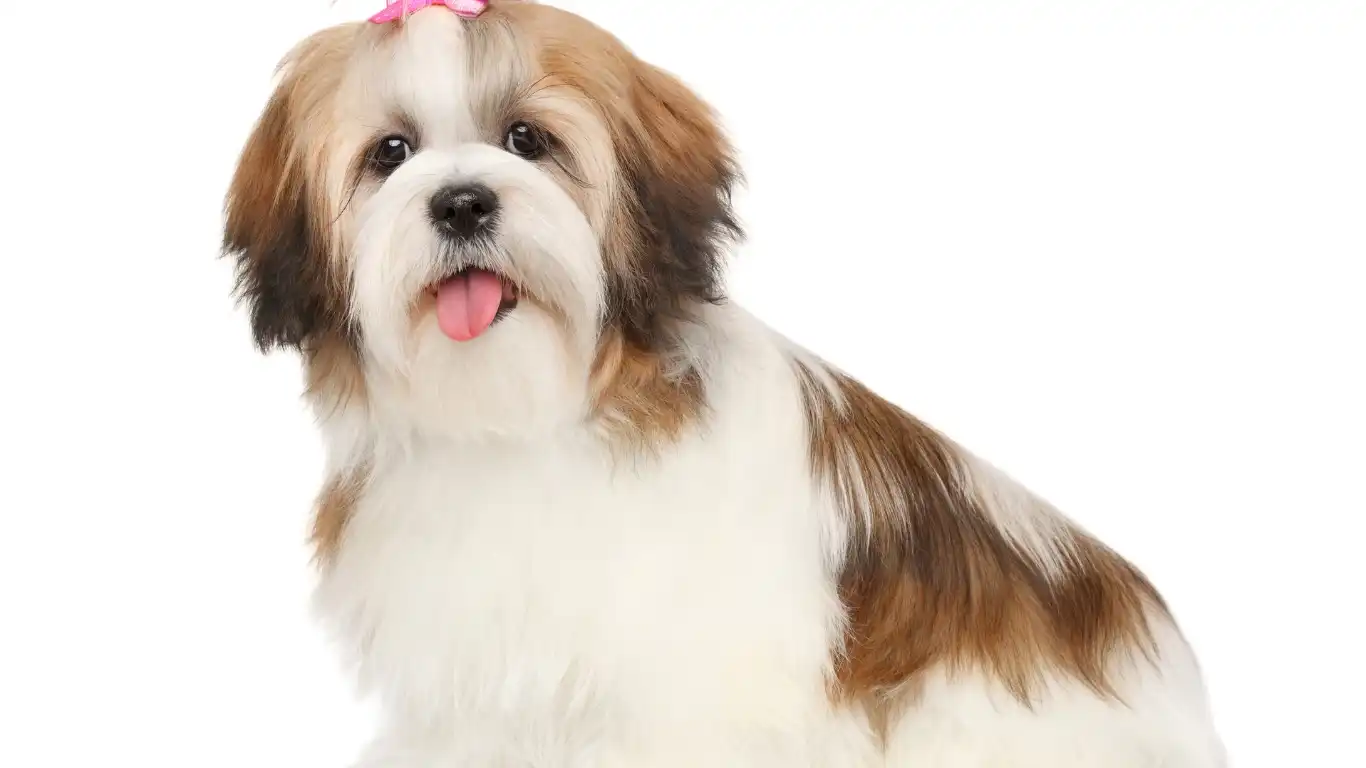
Once your dog finally starts tolerating—and maybe even enjoying—their brushing sessions, the biggest challenge becomes keeping that momentum going. Life gets busy, right? Between work, family, and everything else, it’s easy to let things slip. But here’s the deal: consistency is what turns progress into habit. If brushing falls off the radar for a few weeks, your dog may forget all the positive associations you built.
That’s why I always tell pet parents to treat tooth brushing like feeding or walking—it’s just part of the daily rhythm. It doesn’t have to be perfect every single time. Sometimes all I do is a quick swipe with a finger brush while my pup’s lying on the couch watching TV with us. The goal isn’t flawless technique; it’s creating positive repetition.
Simple hacks to stay on track:
- Set a reminder on your phone for brushing days.
- Keep your brushing supplies visible—like near the leash or treat jar.
- Track it on your pet’s calendar (especially helpful if you’ve got multiple dogs!).
And don’t be afraid to mix it up if your dog seems bored. I rotate between different flavored pastes—pumpkin, chicken, vanilla mint—and even let my pup “choose” which one by sniffing first. Keeps it fun, and he feels like he’s got a say in the matter (even if it’s just about toothpaste).
What Results to Expect (And When)
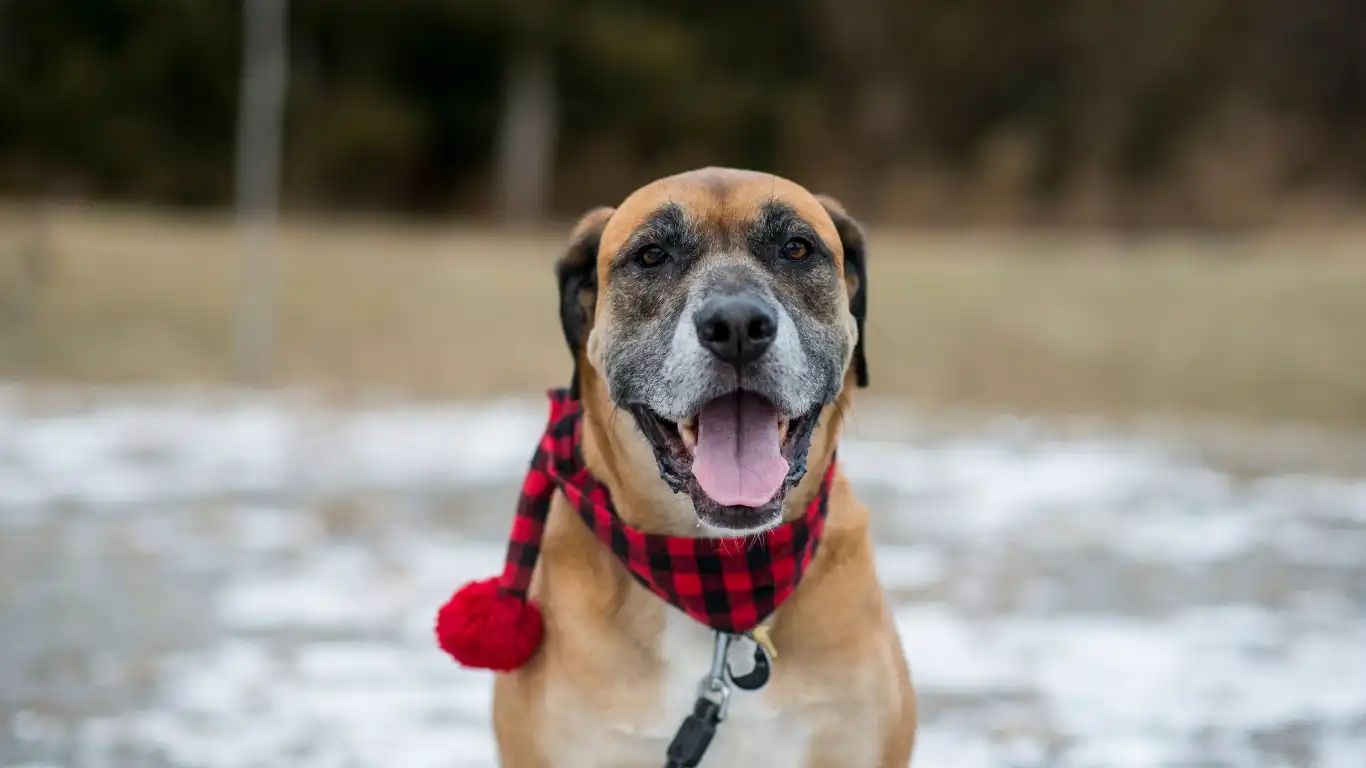
So, you might be wondering… how do I know it’s working? What kind of improvements should you see, and how fast? Great question. While brushing doesn’t reverse existing dental disease, it absolutely slows progression and improves daily comfort. Most of the clients I work with start to notice fresher breath within a couple of weeks, and less tartar buildup around the gumline after 4–6 weeks of regular brushing.
Here are a few signs your brushing routine is paying off:
- Fresher breath (without the fishy, funky odor!)
- Healthier-looking gums—pink instead of red, no bleeding
- Less visible plaque, especially near the back molars
- More comfortable chewing and less pawing at the mouth
I had a long-time patient, a goofy Golden named Murphy, who used to come in with breath that could clear a room. His owner was skeptical at first, but she stuck with brushing three times a week and started using a dental diet. Three months later, Murphy’s breath was fresh, and his vet even noted a reduction in tartar without a dental cleaning. That’s the kind of win we love to see.
Other Dental Health Boosters to Consider
While brushing is the gold standard, there are a few other things you can add into your dog’s routine to keep their smile in tip-top shape. I often suggest a layered approach, especially for senior dogs or brachycephalic breeds (like Frenchies or Bulldogs) that are more prone to dental issues.
Consider adding:
- Water additives – Easy to use and great for multi-pet households.
- Dental chews/treats – Just make sure they’re VOHC-approved.
- Professional cleanings – Your vet will guide you on when it’s needed. Anesthesia-free cleanings? Discuss the risks—they’re not for every dog.
Remember, every little bit helps. Brushing may be the main dish, but these extras are like the sides that round out the meal. Plus, many dogs love a good chew—just make sure it’s safe for their size and chewing style.
Wrapping It All Up: Make It About the Bond
At the end of the day, teaching your dog to enjoy brushing sessions isn’t just about oral hygiene—it’s about deepening your bond. I’ve seen so many pet parents use this time to connect, slow down, and really tune into their dog’s body language. And trust me, your pup notices. They may not understand why you’re doing it, but they feel that care, that attention, that closeness.
If there’s one thing I’ve learned in my years working as a vet tech specializing in nutrition and wellness, it’s that the little daily rituals—like brushing, ear cleaning, or massage—can be just as important as the big vet visits. They build trust, create routine, and keep your dog feeling safe and loved. And isn’t that what it’s all about?
References
Disclaimer
This article is based on personal experience as a veterinary technician and is intended for informational purposes only. Always consult with your veterinarian before making changes to your pet’s health or dental care routine.
